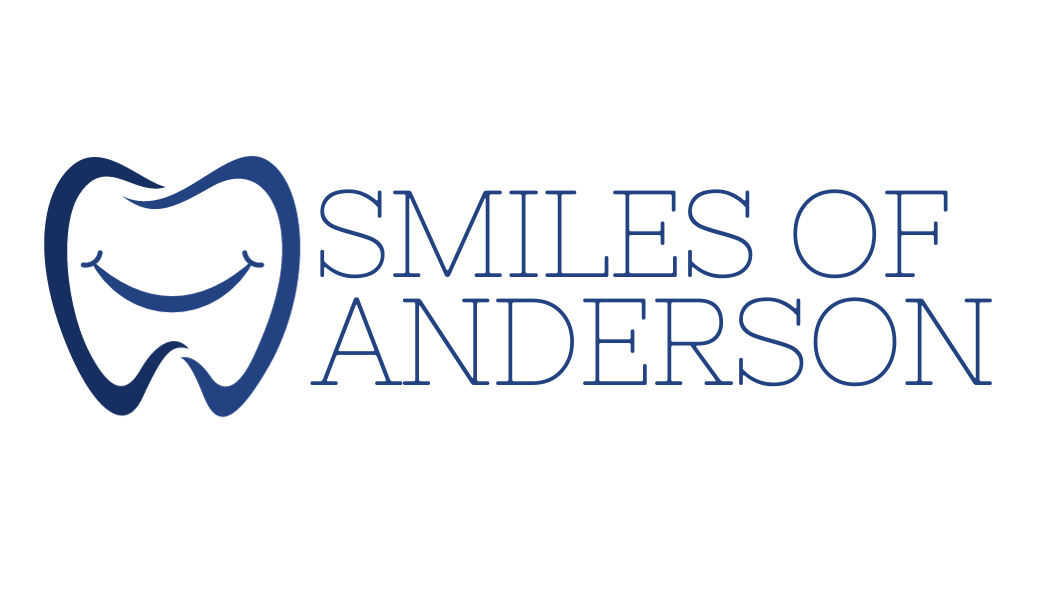Lasers in Dentistry
We have been using lasers in our office since 1984. Almost everyone has heard of lasers to correct your eyesight, but not many dentists are trained in the use of lasers in the oral cavity (Less than 6% of the dentist worldwide). Lasers have the advantage of requiring no shots, and quick healing. The best use of lasers is in treating gum disease. The non-laser way to treat gum disease is to use shots to numb the patient, scalpels to cut the tissue, sutures to close the wound and packing material used as an oral bandage. There is usually a 2-4 week recovery period and post-operative pain that is managed by prescription drugs with this method.
The laser way to treat the gum disease is simply to use the proper power setting without shots, no scalpels, no sutures, no oral bandage, and no post-operative pain. The reason is that the laser pulsates so quickly that the tissue and nerve have no chance to fire off a pain impulse. The tissue is simply “melted” away with absolutely no pain. It feels like your tissue is being lightly “sanded”. Healing is quick and without pain. The gum pockets treated with the laser are bacteria-free for nearly 90 days so the body’s healing mechanism has no secondary infection to fight.
Another use of lasers that we use is in decay detection. We have a laser that detects decay before you can find it by eye or instrument. We used to have patients who would come in for a 6-month recall visit and find no decay. The next 6 months when they came in, there was a large cavity. Now that we use this technology, this type of thing rarely happens. The instrument is called a Diagnodent. We use it, so should your dentist. Sometimes I have “stick’ in a tooth, only to use the Diagnodent and find it was a groove only and not decay. So it prevented me from doing an unnecessary procedure.
